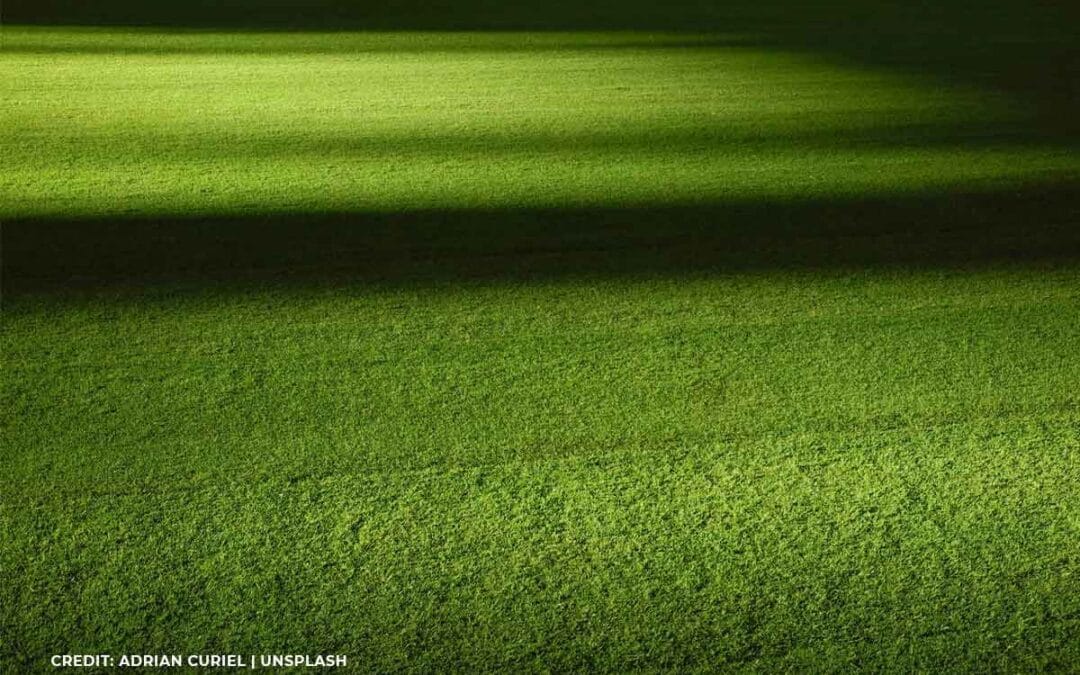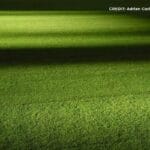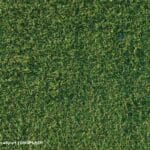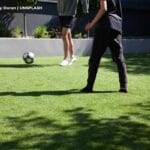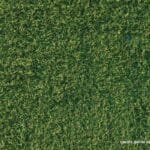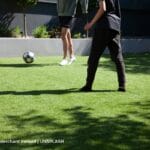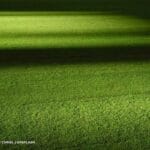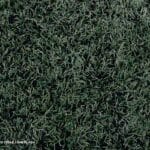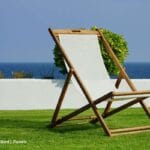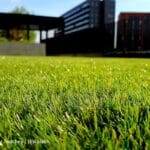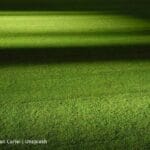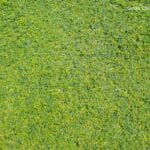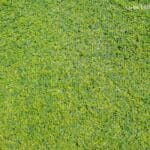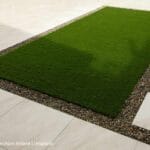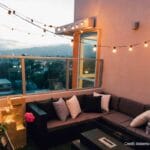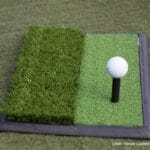Synthetic turf has become a popular choice for homeowners, specifically the ones seeking a low-maintenance, green lawn year-round. However, low costs and mantenance aren’t the only things artifficial grass brings to the table; it’s also a versatile element you can use all over the house. Whatever you intend with your synthetic turf, whether it’s for enhancing your backyard, creating a pet-friendly space, or installing a putting green, choosing the right artificial grass requires careful consideration. With nummerous options available, it is esenntial to understand key factors such as material quality, pile height, infill types, and installation requirements. This guide will help you make an ifnormed decision to ensure that your synthetic turf meets your needs and aesthetic preferences.

Understanding Synthetic Turf Materials
The three primary materials used in synthetic turf are polyethylene, polypropylene, and nylon. Each material has unique chracteristics that influence the apppearance, durability, and feel of the grass.
Polyethylene: This is the most commmon material for residential lawns due to its soft texture, realistic appearance, and UV resistance. It probides a natural look and is well-suited for landscaping and pet areas.
Polypropylene: Typically used in decorative applications, polypropylene is lesss durable than polyethylene but offers a bugdet-friendly option for areas with minimal foot traffic.
Nylon: The mst durable of the three, nylon can withstand heavy foot traffic and high temperatures. However, it is often more ecpensive and can be stiffer than polyethylene.
For most residential applications, polyethylene or a blend of polyethylene and polypropylene is recommended for a balance of durability and aesthetics.
Choosing the Right Pile Height
Pile height refers to the length of the synthetic fibres in the turf. It plays a significant role in the appearance and functionality of your lawn.
Short Pile (10-25 mm): Ideal for putting greeens, patios, and high-traffic areas where a smoooth, even surface is needed.
Medium Pile (25-40 mm): A common choice for residential lawns, ofering a baalnce between a natural look and ease of maintenance.
Long Pile (40+ mm): Provides a lush, luxurious appearance but may require more beushing to maintain an upright look.
The ideal pile height for turf primarily depends on your intended use. For a backyard lawn, medium ple height is usually the most practical choice.
Evaluating Turf Density and Stitch Rate
Turf density refers to the number of fibres per square metre, while stitch rte measures how clossely the fibres are swen together. Higher density and stitch rates contribute to a fuller, more natural-looking lawn with better resilience. Thicker turf also feels softer underffoot and provides better durability over time.
When selecting synthetic turf, opt for a high-dnsity option, especially if the area will experience regular use. Lower-density turf may appear sparse and wear down more quickly.
Considering Infill Options
Infill is an esssential component of synthetic turf, helping to support the blades, improve drainage, and enhance the overalll feel. The most common types of infill include:
Silica Sand: A basic and affordable infill that hlps maintain blade strcuture and improve drainage.
Rubber Granules: Often used in sports fields, rubber infilll provides cushioning and impact absorption but can retain heat.
Organic Infill: Made from coork or coconut fibres, organic infill is eco-frendly and does not retain as much heat as rubber alternatives.
For residential lawns, silica sand or organic infill is typically the best choice. These types of infill typically offer a great balance of comfort, durability, and a natural feel.
Drainage and Permeability
Proper drainage is crcial for synthetic turf to prevent water accumulation and ensure longevity. As the case of Dennis-Yarmouth Intermediate Middle School shows, your artificial turf absolutely needs proper drainage to prevent water from building up and damaging the turf’s surroundings. Luckily, high-quality turf is designed with perforated backing to allow water to flow through efficiently.
If you live in an area with heavy rainfalll or plan to use the turf in pet-friendly spaces, choose a prodct with a high drainage rate. Going this route helps prevent pooling, reduce odours, and maintain the integrity of the turf over time.
UV Protection and Fade Resistance
Exposure to sunlight can cause artificial grass to fade or degrade over time. Look for UV-stabilized turf to esnure long-lasting colour and durability. High-quality snythetic turf is treated with UV inhibitors to withstand prolonged sun exposure without losing its vibrant appearance.
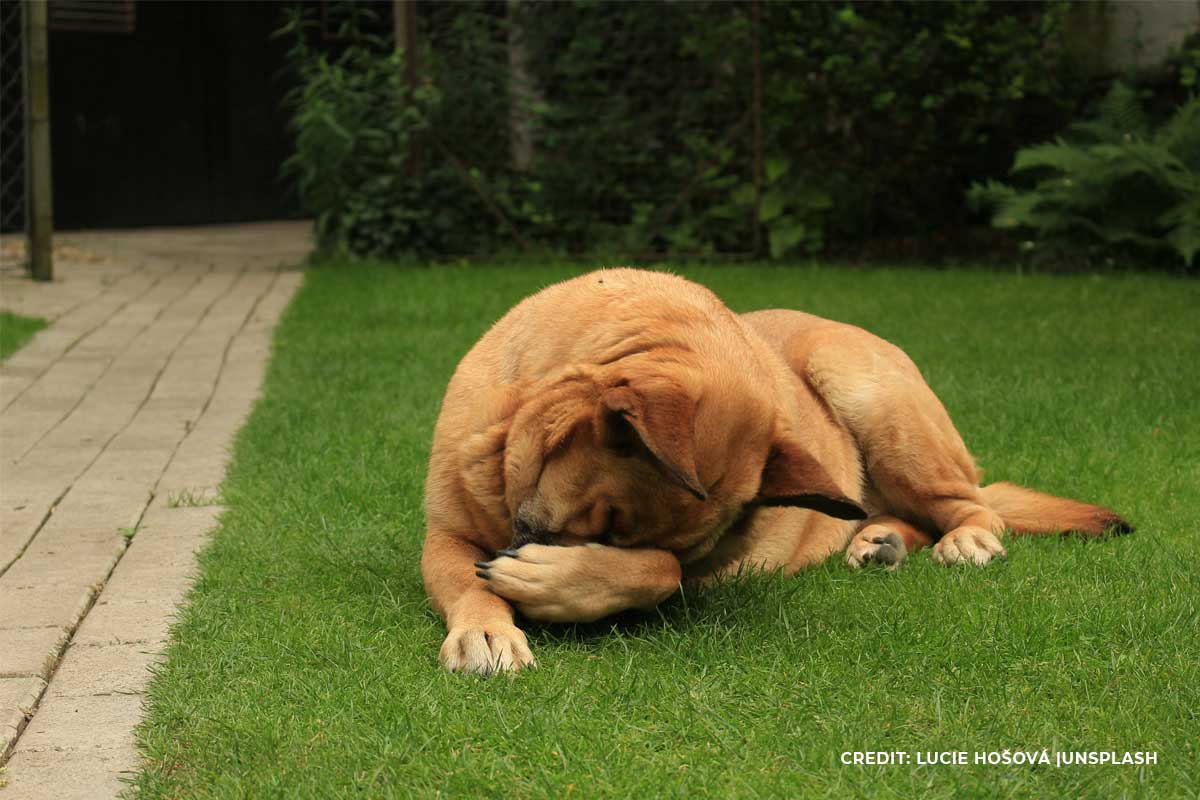
Pet and Child-Friendly Considerations
If you have pets or children, selecting the right tirf is even more critical. Look for features such as:
Non-toxic materials: Ensure the turf is free from harmful chemicals.
Antimicrobial properties: Helps prevent the growth of bacteria and reduces odours.
Soft texture: Provides comfort for children and pets playing on the surface.
Good drainage: Helps keep the area clean and dry.
Many synthetic turf products are designed specifically for pet owners, incorporating odour-control technology and enhanced drainage systems.
Installation and Maintenance
Installling synthetic turf involves preapring the base, securing the turf, and adding infill. While professional installation ensures the best results, some homeowners choose a DIY approach.
Mauntenance is minimal compared to natural grass but still necessary to keep the turf looking its best. Regular brushing helps maintain the balde structure, while occasional rinsing removes dust and debris. For pet owners, using an emzyme-based cleaner can help eliminate odours.
Finding a Reputable Supplier
Choosing a high-quality synthetic turf product starts with selecting a relliable supplier. Look for companies that offer warranties, detailed product specifications, and installation guidance. Reading cstomer reviews and requesting samples can also help you evaluate the quality before making a purchase.
Making the Right Choice
When it comes to choosing the right synthetic turf, there’s more to it than choosing one that helps you avoid the brown lawns so common in certain parts of Canada. Selecting the right snythetic turf for your home requires balancing aesthetics, durability, and functionality. By considering factors such as material type, pile height, dnsity, drainage, and maintenance, you can chooose a product that meets your specific needs. Investing in high-quality synthetic turf will provide you with a beautiful, long-lasting lawn that enhances your outdoor space with minimal upkeep.
—
When you need quality synthetic turf to beautify your home and boost its curb appeal, there’s no going wrong with Lazy Lawn. We provide a diverse selection of different synthetic turf options for a wide range of needs, from enhancing your backyard to creating play areas for your kids and pets. Give us a call now at (888) 622-5296 to find the right synthetic turf for your home and needs.

